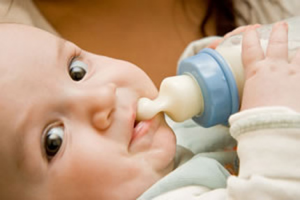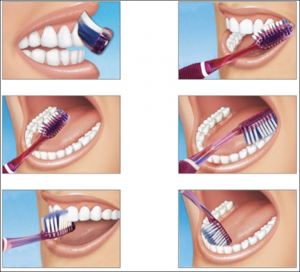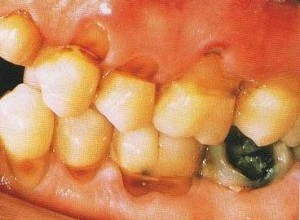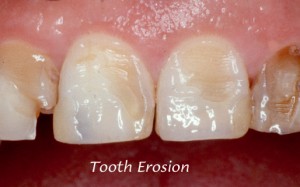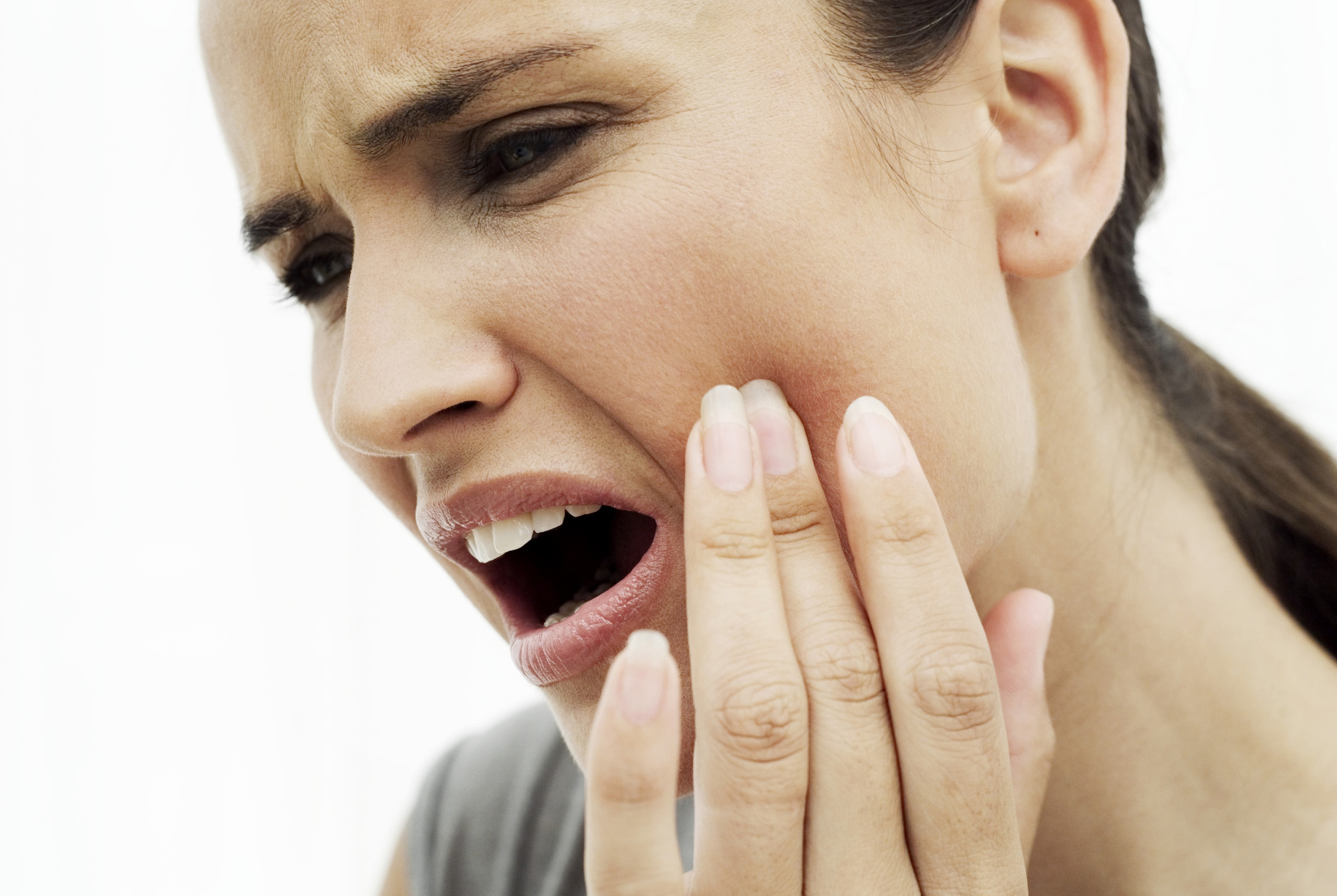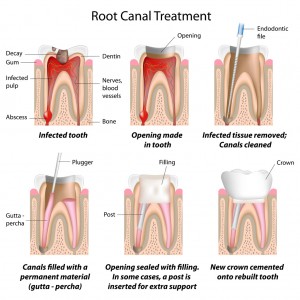How To Prevent Baby Bottle Tooth Decay
Chances are, you’re using a bottle to feed your baby. Have you ever heard of “baby bottle tooth decay”, or “nursing bottle mouth”? It’s one of the common ways your baby can develop cavities, and it can be avoided.
Causes
Baby bottle tooth decay occurs when a child’s teeth are frequently exposed to sugary liquids for long periods of time, usually through extended nursing on milk (including breast milk), formula or juice at bedtime or naptime.
How To Avoid It
Never use a feeding bottle as a pacifier.
Try not to put your child to bed with a bottle. If you must, make sure it contains plain water instead of milk, juice or formula.
Don’t give a baby a pacifier that has been dipped in honey or sugar.
Caring For Your Baby’s Gums
After each feeding, gently brush your baby’s gums using water or a baby tooth and gum cleanser on a baby toothbrush that has soft bristles. Or, wipe your baby’s gums with a soft, damp washcloth or gauze pad.
Many people don’t know that you don’t have to wait until the first tooth appears to begin efforts to prevent tooth decay. Fact is, you need to start providing good oral care for your children right from birth, because from healthy gums come healthy teeth.